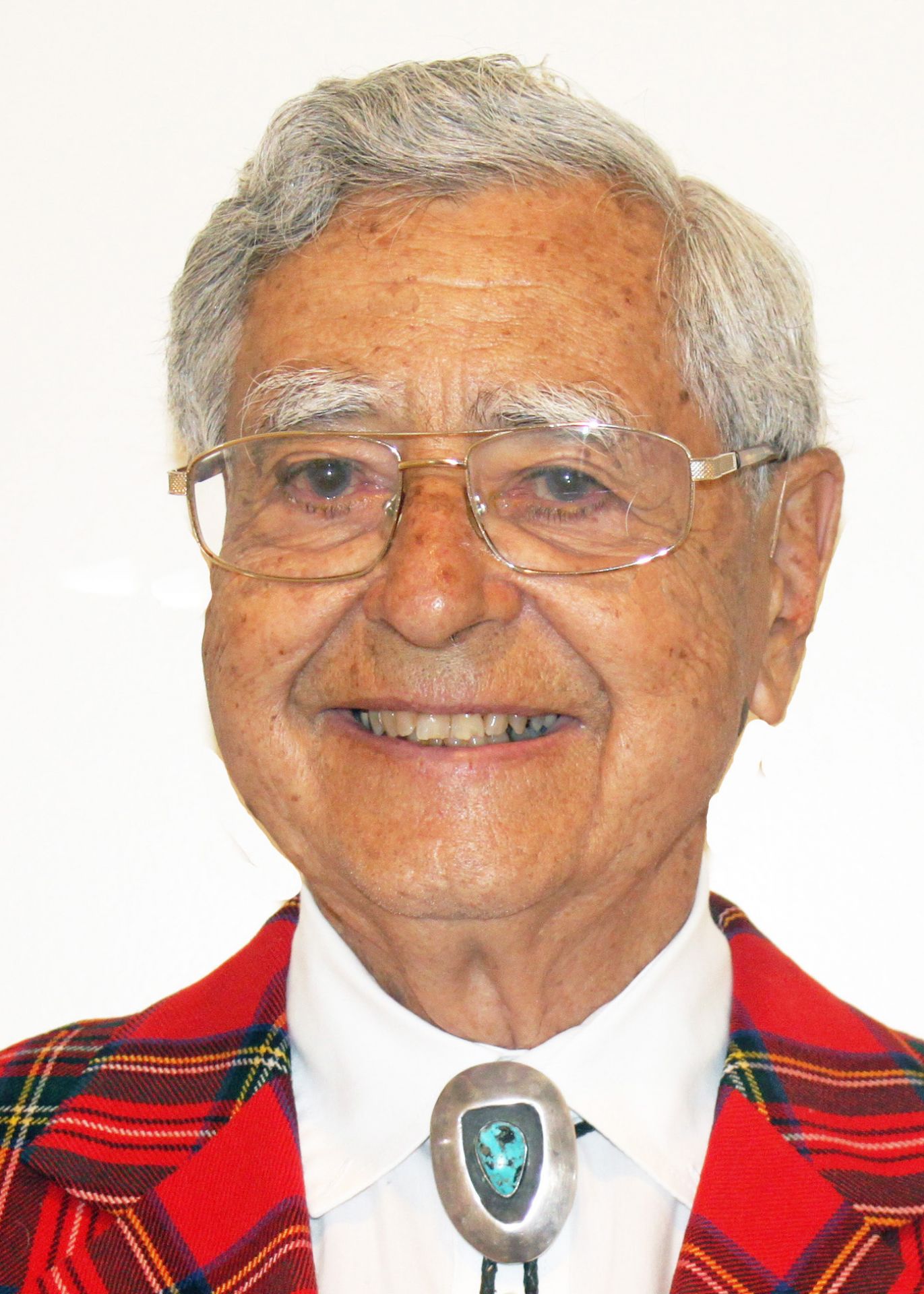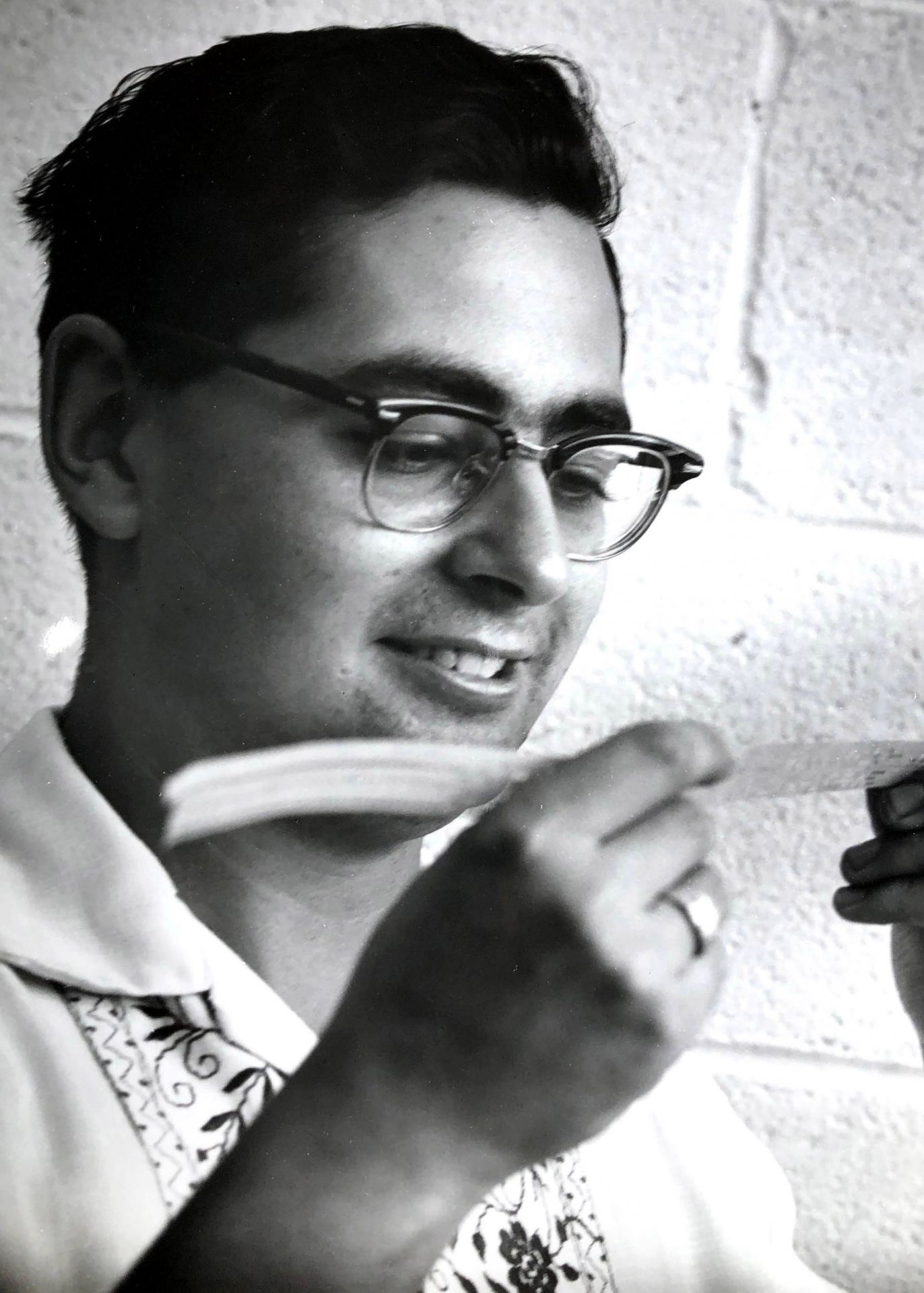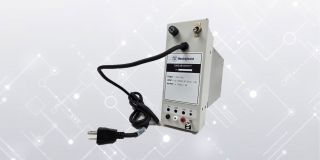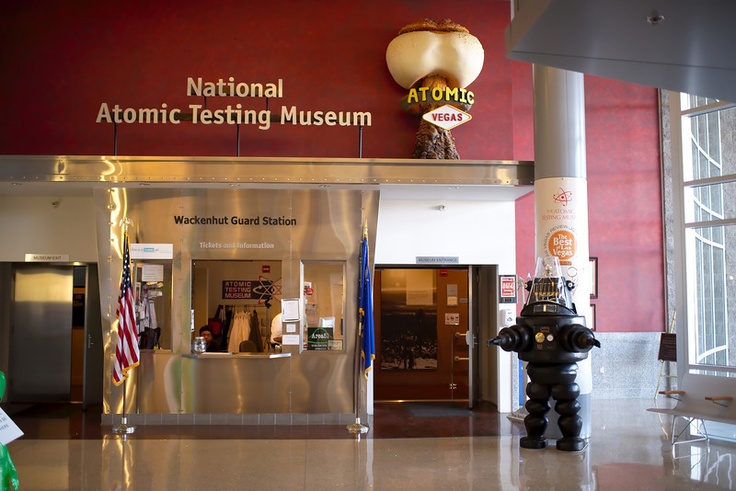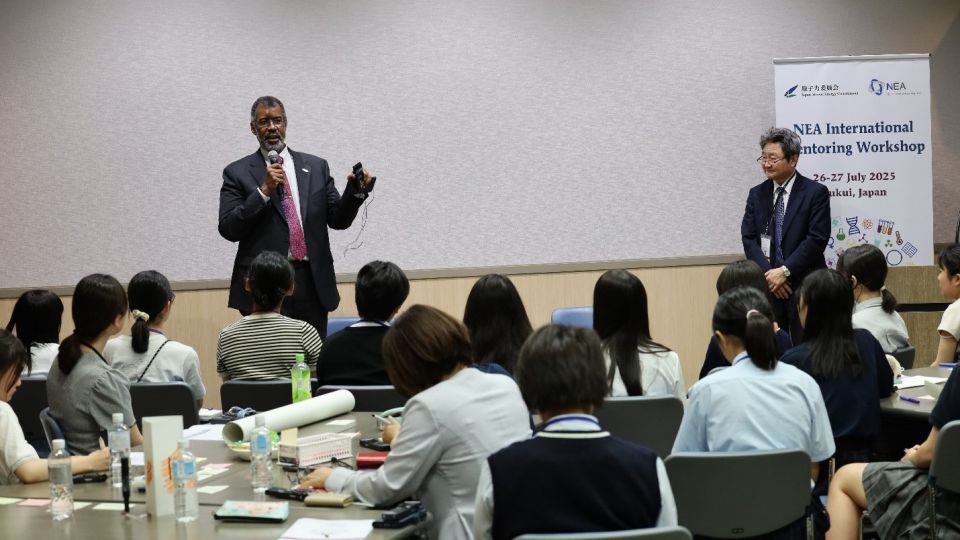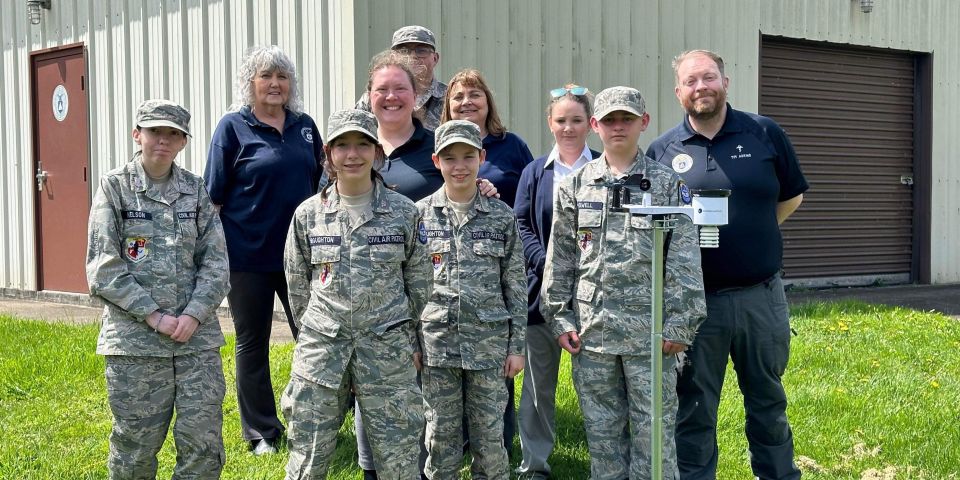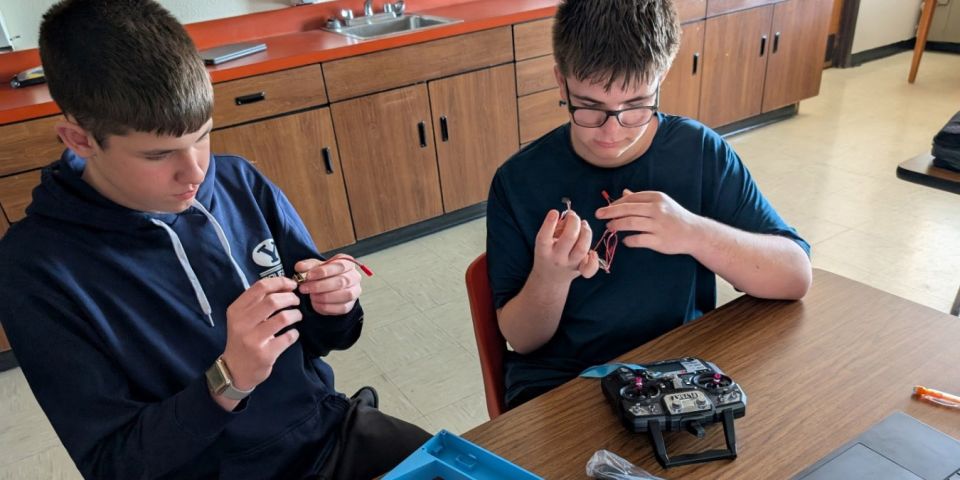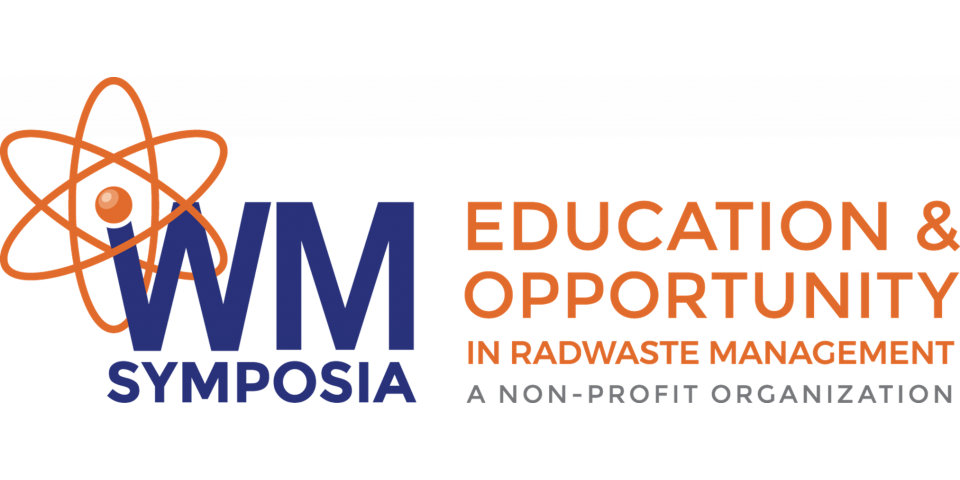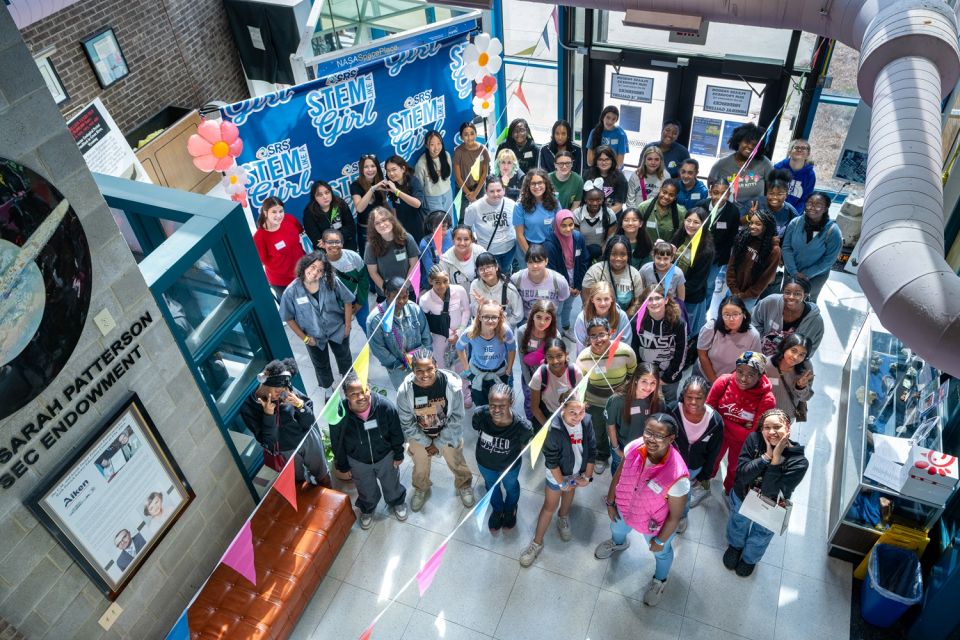My 15 minutes of national fame was the result of two satires I wrote in 1961 that were taken seriously by many people: “The Columbus Report” and “The Neutrino Bomb.”
As chief scientist of the Donald Douglas Laboratories in Richland, Wash., from 1965 to 1969, I led projects in advanced radioisotope space power supplies. We developed a tiny isotope/solar cell pacemaker battery that was implanted in hundreds of children and adults, my proudest achievement.
I returned to Los Alamos in 1970, where I developed lasers and plant designs for fusion and isotope separation.
At the Physics International Company in California from 1975 to 1982, I studied electron beam fusion and conceived a shock-heated fusion approach. We also developed a pulsed X-ray for semiconductor photolithography.
Next, in 1982, I joined Robert Bussard’s Inesco Company in La Jolla, Calif., with the goal of constructing a compact normal magnet tokamak experiment to achieve ignition and lead to a commercial power plant. My group designed both pure and fusion-fission hybrid power plants.
I received a NASA contract in1984 to develop expert systems (AI) for design of nuclear space power supplies. I also started Apogee, my own research consulting company. We expanded into computer-based STEM education and social service projects.
A stint consulting for the Nuclear Space Power Institute at California State University in 1986 led to me joining academia as a professor of aerospace engineering and the associate dean for research at CSU’s College of Engineering. I especially enjoyed leading the minority programs like MESA (Mathematics, Engineering, Scientific Achievement) while continuing my Apogee research efforts. The latter included the Engineering Adventure, a computer program to encourage minority students to pursue STEM careers.
My peak technical project was a contract to develop the nuclear equivalent of Jules Verne’s “Columbiad space gun” in From the Earth to the Moon. My system would use thermonuclear devices or a pulsed nuclear reactor to launch large, inert masses into high orbit.
When I retired in 1994, I moved to Santa Fe, N.M., and founded an educational nonprofit, CLASS, to make culturally based science education curricula for American Indians. The next 20 years were spent as manager, agent, webmaster, and publisher for my wife Sonni, an artist and author, helping get her paintings into 40 art galleries and publishing three novels.
Now at age 93, I have written my autobiography, The Wisdom of the Aged, and a 900-image family photo archive, The Illustrated Man. I keep abreast of developments in fusion, reactor development, and cosmology. I also spend time digitizing and organizing my many photographs to relive my fascinating life.
I was very fortunate to have lived in a country and time of such opportunity, and I hope my modest efforts have had some benefit to society; they were fun.
